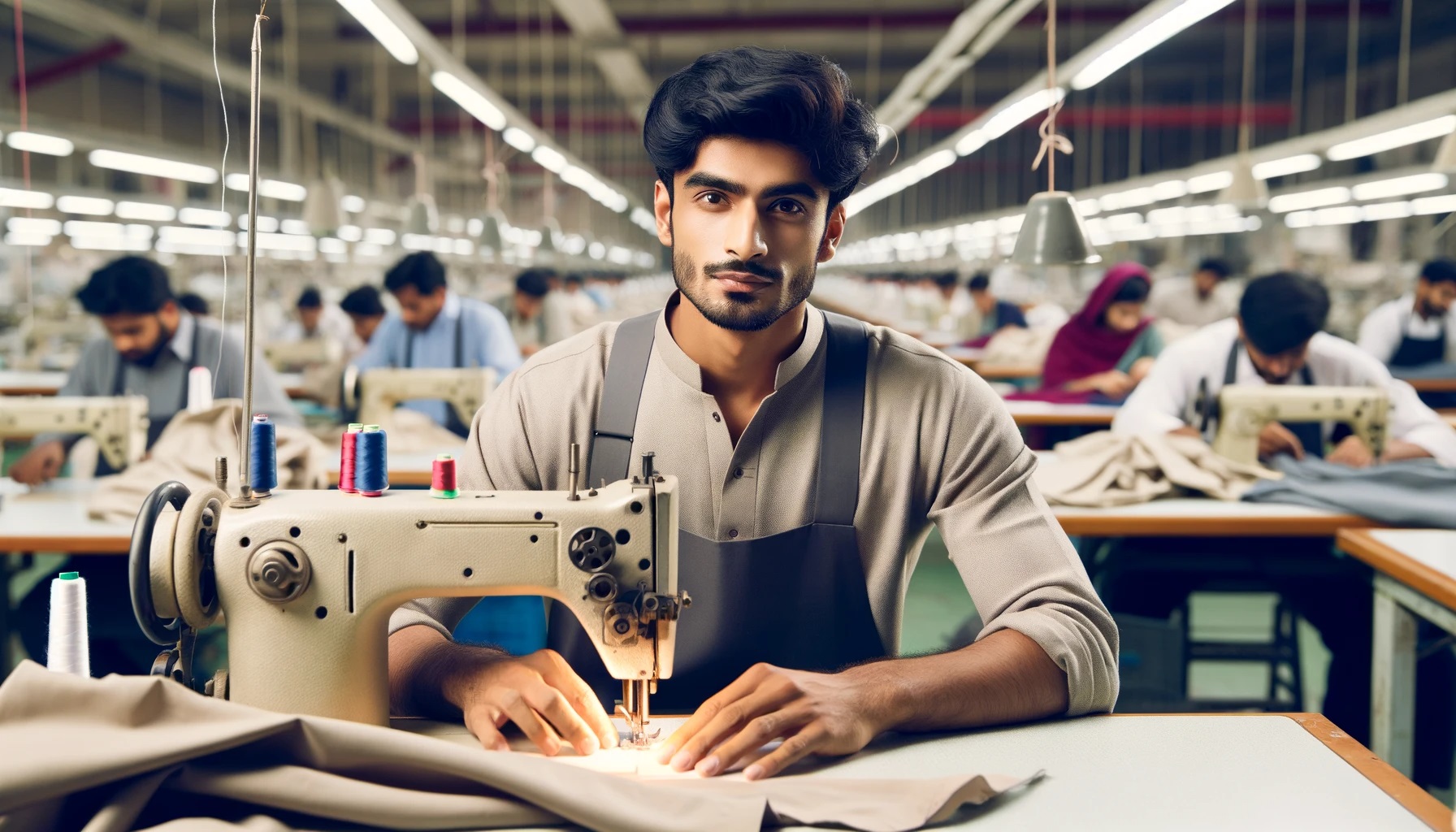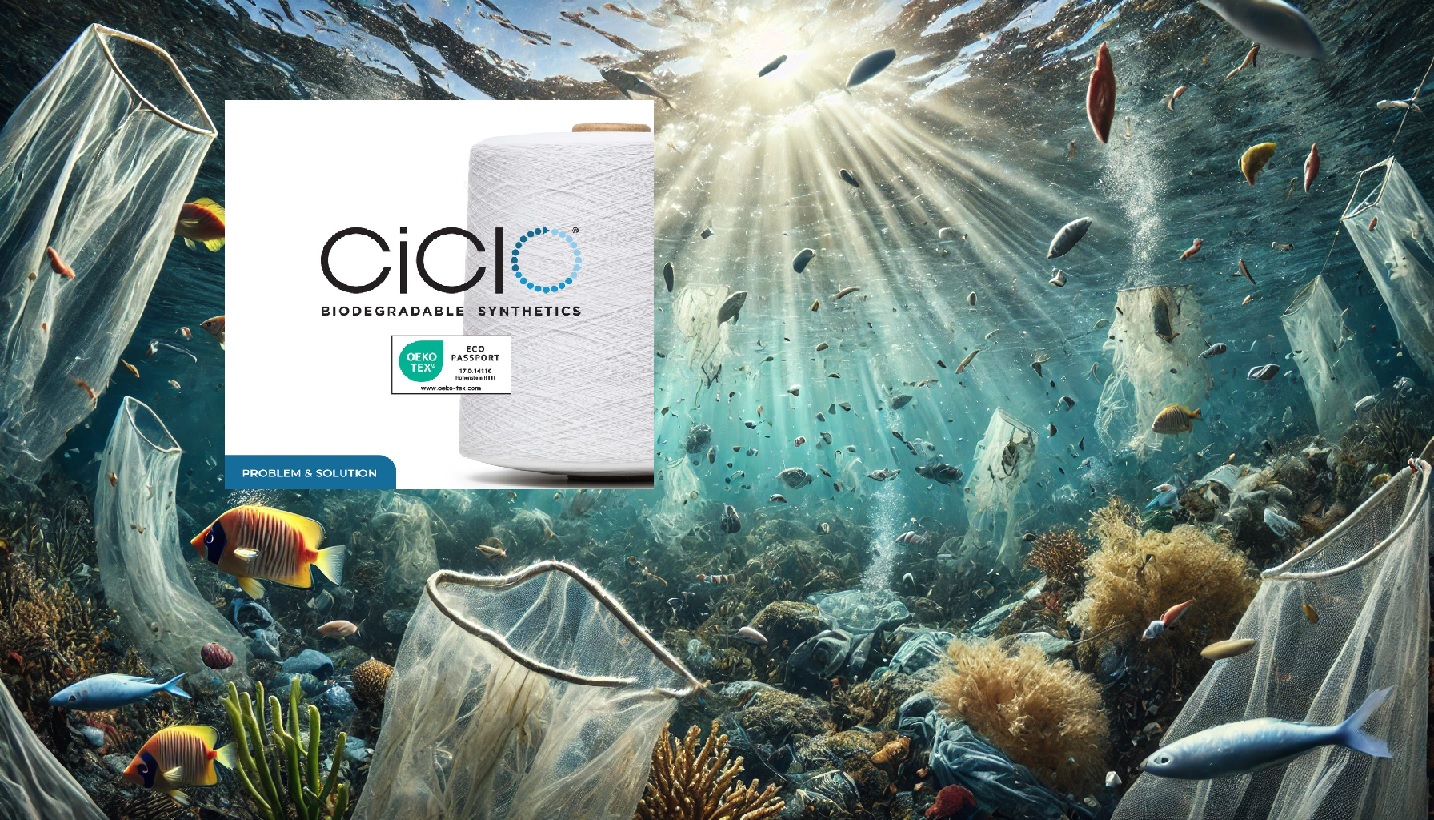The EU strategy on circular and sustainable textiles represents a seismic shift in global textile practices, one that Pakistani textile manufacturers must navigate carefully. EU is the largest textile and clothing market for Pakistani exports, with a share of $7.2 billion in 2022. Therefore, understanding and adapting to EU’s strategy is essential for Pakistan for continued growth in exports and market access.
Understanding EU’s Circular Textile Strategy
Key points of the the EU’s strategy on circular and sustainable textiles include:
- Mandatory Ecodesign Requirements: Emphasis on product longevity, recyclability, and the use of recycled fibers.
- Tackling Microplastics Pollution: Steps to reduce synthetic fiber shedding, a significant environmental concern.
- Green Claims and Digital Product Passports: Enhanced transparency on products’ environmental impact.
- Extended Producer Responsibility: Encouraging reuse and recycling of textile waste.
- Global Sustainable Textile Value Chains: Promoting social and environmental fairness in international trade.
Actionable Insights for Pakistani Textile Industry
- Enhance Sustainability Practices: Incorporate eco-friendly materials and processes. Invest in sustainable technologies like water recycling and energy-efficient machinery.
- Adopt Circular Economy Principles: Develop initiatives for recycling textile waste within Pakistan. Encourage design practices that make garments more durable and easier to recycle.
- Digital Compliance and Transparency: Prepare for compliance with the EU’s Digital Product Passport requirements by digitizing supply chain information and product lifecycle data.
- Focus on Green Marketing: Align marketing strategies with EU standards for green claims. This could include certifications and eco-labels that resonate with environmentally conscious consumers.
- Innovate in Product Design: Embrace designs that reduce the environmental impact, such as using fewer blended materials, which are harder to recycle.
- Build Global Partnerships: Collaborate with international partners to ensure compliance with global sustainability standards. This can open doors to new markets and strengthen existing ones.
- Invest in Training and Skills Development: Equip the workforce with the necessary skills to adapt to new, green technologies and processes.
- Leverage Government Support: Engage with the Pakistani government for support in transforming the industry towards more sustainable practices, possibly through subsidies or tax incentives for sustainable practices.
Conclusion:
The EU’s strategy is not just a challenge but an opportunity for Pakistan’s textile industry to lead in sustainable practices. By embracing these changes, Pakistan can not only maintain but enhance its competitive edge in the global textile market.



